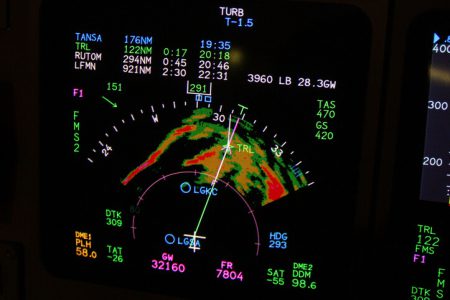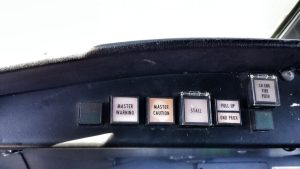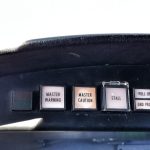In Part 4 of this aviation weather series, we will be discussing the advantages and limitations of Sirius XM weather for pilots.
First, a quick reminder: ALL data link weather radar comes with a delay, and as such, it is to be used only for overall weather awareness, NOT maneuvering through a line of red storms.
Now that we have that out of the way, let’s move on to the good stuff…and there is plenty of good stuff with Sirius XM weather radar. Unlike the ADS-B ground based radar, Sirius XM is weather from above. The network uses satellites to gather a weather picture so there are no geographical limitations or altitude restrictions. You get in your airplane, turn it on, and you have radar, even on the ground!
TAFs, METARs, Winds aloft, PIREPS, Lightening, TFRs and reception coverage extends past the Continental United States for pilots willing to pay for a subscription, which may be invaluable, depending on your usual route of flight or routine business trips.
Actually, now that I’ve mentioned the “S” word, we might as well get this out of the way: Sirius XM comes as part of a subscription plan, and it can run anywhere from $30 – $100 per month. Obviously your safety and the safety of your passengers is easily worth that, but depending on the type of flying you do and where you generally fly, you may or may not need the added bells and whistles that Sirius provides. One good thing is that they offer a “seasonal” subscription, so that if you only fly south in the winter or only like the mountains in the summer, there is a plan for you.
There are some other subtle differences in the radar product offered by Sirius XM. In Part 1 of this series, we talked about base vs composite reflectivity for weather radar. ADS-B radar only offers the composite view, but Sirius offers both composite and base reflectivity, offering a more comprehensive picture of the weather in front of you.
Both radar products offer lightning displays, but Sirius XM shows both cloud to ground and cloud to ground lightning, while ADS-B only displays cloud to ground. This is important because in a maturing storm, cloud to cloud lightning will develop first and give a better warning of convective activity to the pilot.
One of my favorite features of Sirius XM is the “Cloud Top” observed data. (Not forecast, OBSERVED). It sure helps when you’re looking out in the distance, wondering what your next move should be!
There is no doubt that there are nice features associated with Sirius XM, if you can find a way to swing the subscription cost. On the other hand, ADS-B is quickly catching up to many of the benefits to satellite radar, so stay tuned. Either way, pilots and passengers are safer and able to enjoy smoother rides because of the advances in aviation weather radar!










